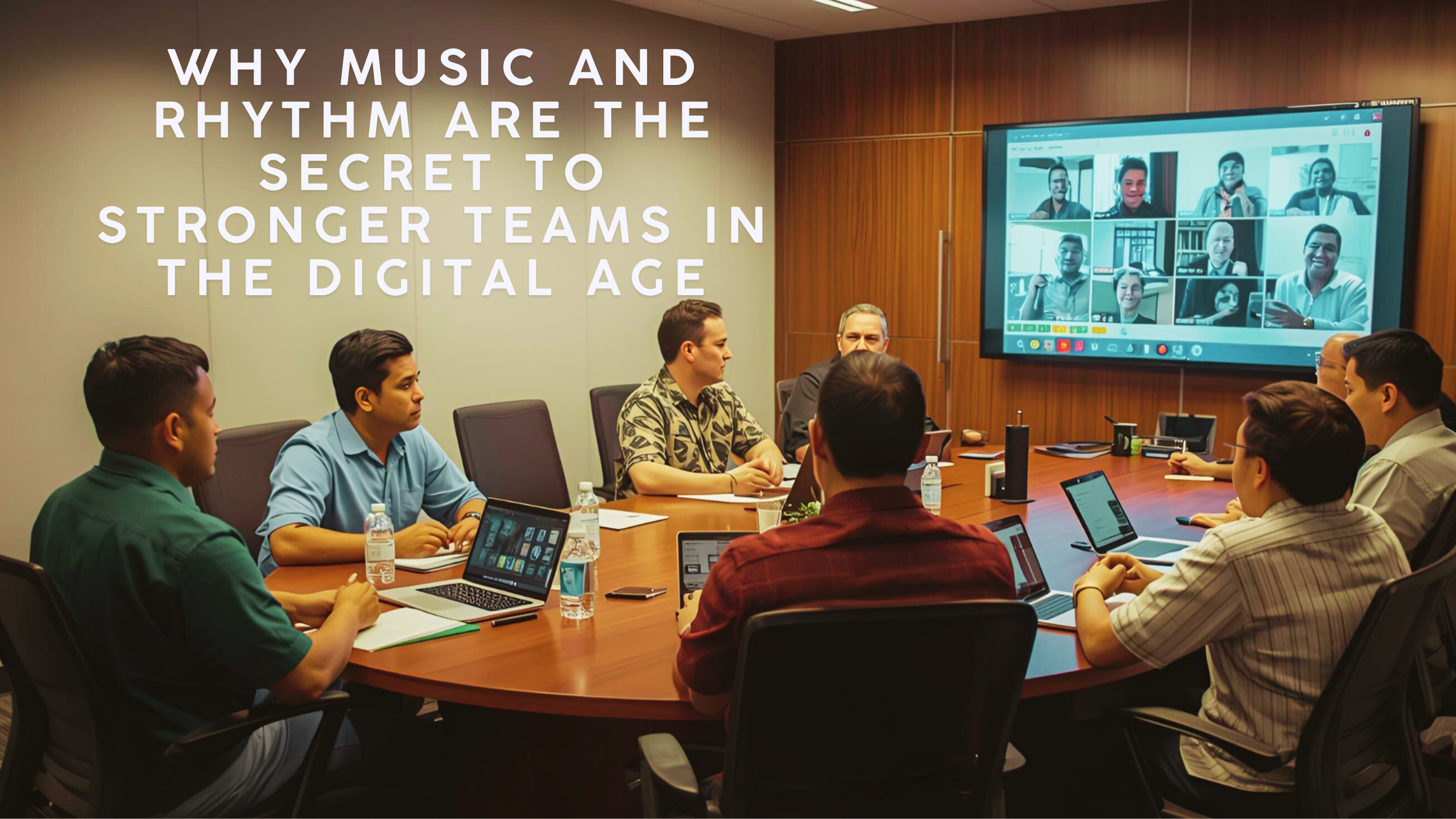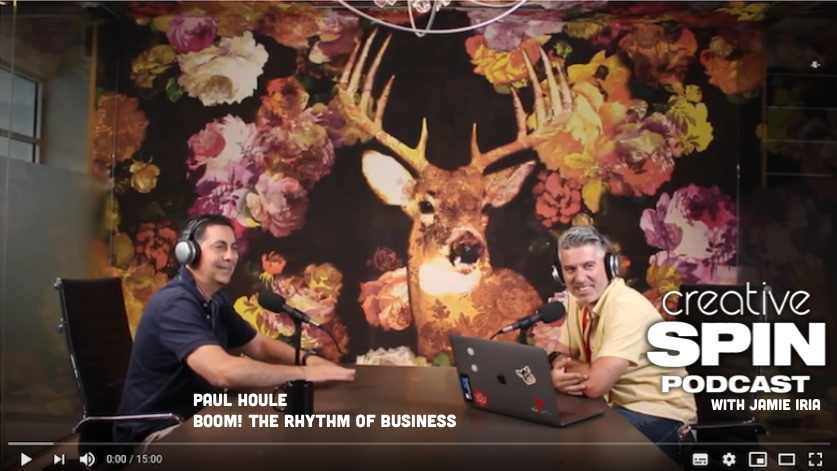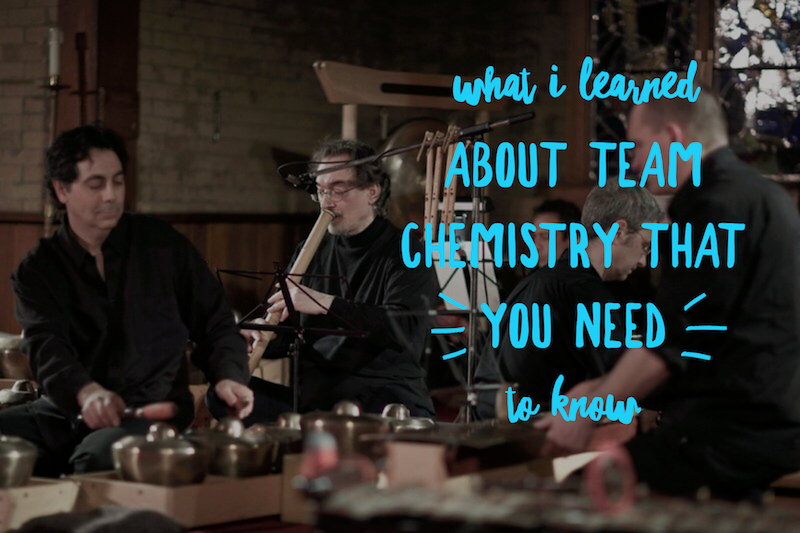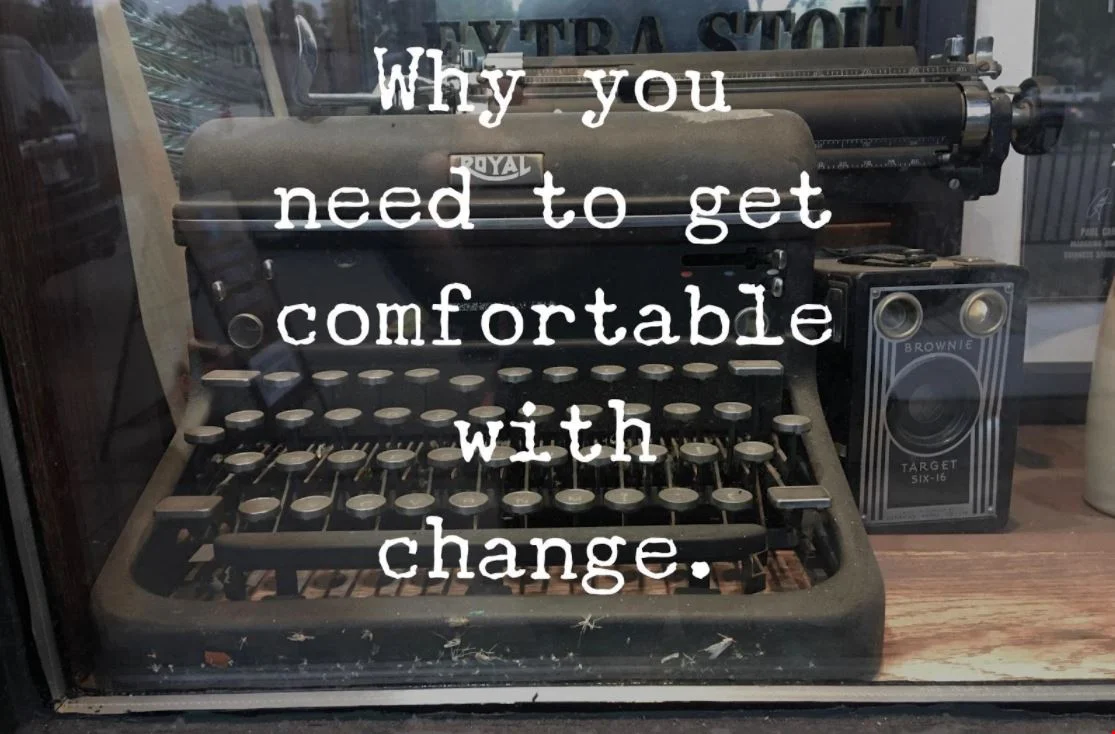
Popular Posts
Meet Paul
Paul is an expert at showing corporate teams how to be more unified and more collaborative. His proven team building program is guaranteed to bust through the silos as he shows your team how to be as unified as the players in a great orchestra.
A-list corporations have been using Paul’s team building program for almost two decades, his audiences include Microsoft, RBC, Goodyear, ING, Heineken, FedEx, PwC and P&G.

How to make the best from what you've got!
Wouldn’t it be great if every person you worked with was simply the best at what they do?
If they had all graduated first in their classes at school and had received awards and glowing letters of recommendation?
If they all had years of business experience and know-how, and were unflappable in the face of challenge?
If they had all come from generations of successful business people?
If they had no demands or distractions from family and could just concentrate on work all the time?
Aside from the potential egos of such a group of people, it’d be pretty interesting. It could be really great. But it’s pretty unrealistic.
Most teams are not made up of the best of the best. They’re made up of the best you could get and sometimes it’s a far cry from the best.
You may have star employees among you but you probably also have a good number of folks who are pretty average. You may even have some folks who are not quite as good as you’d like.
This is most people’s reality. It happens on sports teams; it happens at work and pretty much anywhere you have a group of people who need to accomplish something together.
You’d think that, since this is a common reality for most people, we’d be pretty accepting of this and just go with it, but no.
What can often develop is some pretty negative talk, instead of figuring out how to make the best of what you’ve got.

Why you need to create more moments.
It was many years ago, a night like so many others.
I was on stage playing a concert with a local symphony orchestra being led by a guest conductor.
I was dressed in my usual orchestra concert attire, a black tuxedo, complete with black cummerbund and bow tie (à la James Bond, I like to think). The strange thing about this time was that I was seated behind a drum set.
I say strange because when you study to be a drummer, you don’t necessarily see yourself wearing a tuxedo while you play. You also don’t imagine yourself playing behind a 60-piece orchestra at the back of a large concert hall filled with people.
I was playing the same drum set that I had played many times while dressed in jeans and t-shirt, the same set that I would “rock out on” in jam sessions with friends.
But this night was different. This night I was playing in an orchestral pops concert and it was the first time I was hired not as a percussionist but as the “drummer” for such a thing.
I had done my practicing, been to rehearsals, but I was nervous. There’s just something different about show time. On top of that, it was a big program. But I have to tell you that I don’t remember one single tune I played that night.
I remember one moment only, and how it felt. The moment I remember was near the end of the night, in the last tune. It was a fast up-tempo number and I was busily keeping time when the conductor looked up from his score and looked me straight in the eye. Then with a broad smile, he raised his hand and gave me a big thumbs-up.
I am going to guess that that particular moment was about 20 years ago now. Yet I remember it as if it were yesterday. I remember how great it felt, how happy I was.
I’m not sure if the conductor meant to make me feel as good as he did, but in that one moment, he validated my hard work, my years of practice, my musicianship and how I played that night.
And the thing is, he didn’t have to do it. There’s no rule about that. I have played many concerts where it seems the conductors don’t even know you’re there. So for one to make an effort, that really stood out for me, and his timing was right on.
That was a great moment! That’s the thing about special moments. They can have a profound impact on people.

It’s a great time of year to build trust at work
Happy New Year! Well sort of…
I think it safe to say that this time of year has a new-beginning feel to it.
In some ways, it’s even more obvious than the official New Year, which is more about a date changing on a calendar.
For most people, this time of year is about things starting again. Our weather can start to turn, the leaves begin to change colour, the air starts to feel a little different, and my favourite thing… school starts again.
But this is the best one: You and the people you work with have had a bit of a break.
You and the people you work with have had a chance for some renewal, a chance for some re-vitalization, re-invigoration, have taken the time for a bit of a pause and reset, have perhaps taken some time for reflection.
That why this time of year is so great for building relationships with people. It’s a great time to build trust.

Why it's important to make your employees successful
Have you ever thought about the kind of leader you are?
Have you ever thought about how your employees see you? How they feel about working for you?
Leadership is heady stuff but I have found that it’s important to take some time to reflect on the type of leader you are and the type of leader you want to become.
Because when you’re finally sitting in that chair with people looking to you for direction, it’s good to know what type of leader you want to be.
Sure, this is important so that you can achieve your goals. But it’s also important because you’re going to need help.

How to be a better leader and eliminate workplace cliques.
Last year, my 9-year-old daughter, who is a pretty tough cookie, was reduced to tears by a clique that turned against her.
In less than 24 hours, this group of kids, whom she considered friends, had her wanting to quit her hockey team and never play again.
They did this by using only words and silence (a.k.a - the cold shoulder).
I’d never seen anything like it. Or so I thought - more on that later. Yes, yes… apparently being a man does not help me here.
There’s more to the story that I can get into now, but we managed to get to the bottom of it and got some “I’m sorry’s” flowing. We got her to the rink just before the puck drop for a “big” playoff game but it was too late.
Too late, because even the kids who weren’t involved knew something was just not right that day.
The team played horribly and lost badly. It was their worst game of the season. It cost them the chance to move on.
This prompted a lot of discussion among the parents. Some of us (maybe it was just me) realized we were oblivious to the cliques on the team and how they were inhibiting its success.
To be fair, I think some people were aware, but I don’t think any of us (parents or team leaders) were doing anything to mitigate these naturally forming sub groups on the team. And that wasn’t good.
Here’s the thing about sub-groups. They happen everywhere people get together. They’re part of kids’ hockey teams and they’re part of where you work.
Cliques are not relegated to kids’ sports teams or the playgrounds of our youth. They can materialize anyplace you have groups of people who see each other frequently.
If you’re a workplace leader (manager, boss, etc), it’s your job to set things up so that everyone on the team can do the best work they can.
I’m not saying it’s easy but you’ve got to do it, or else…











